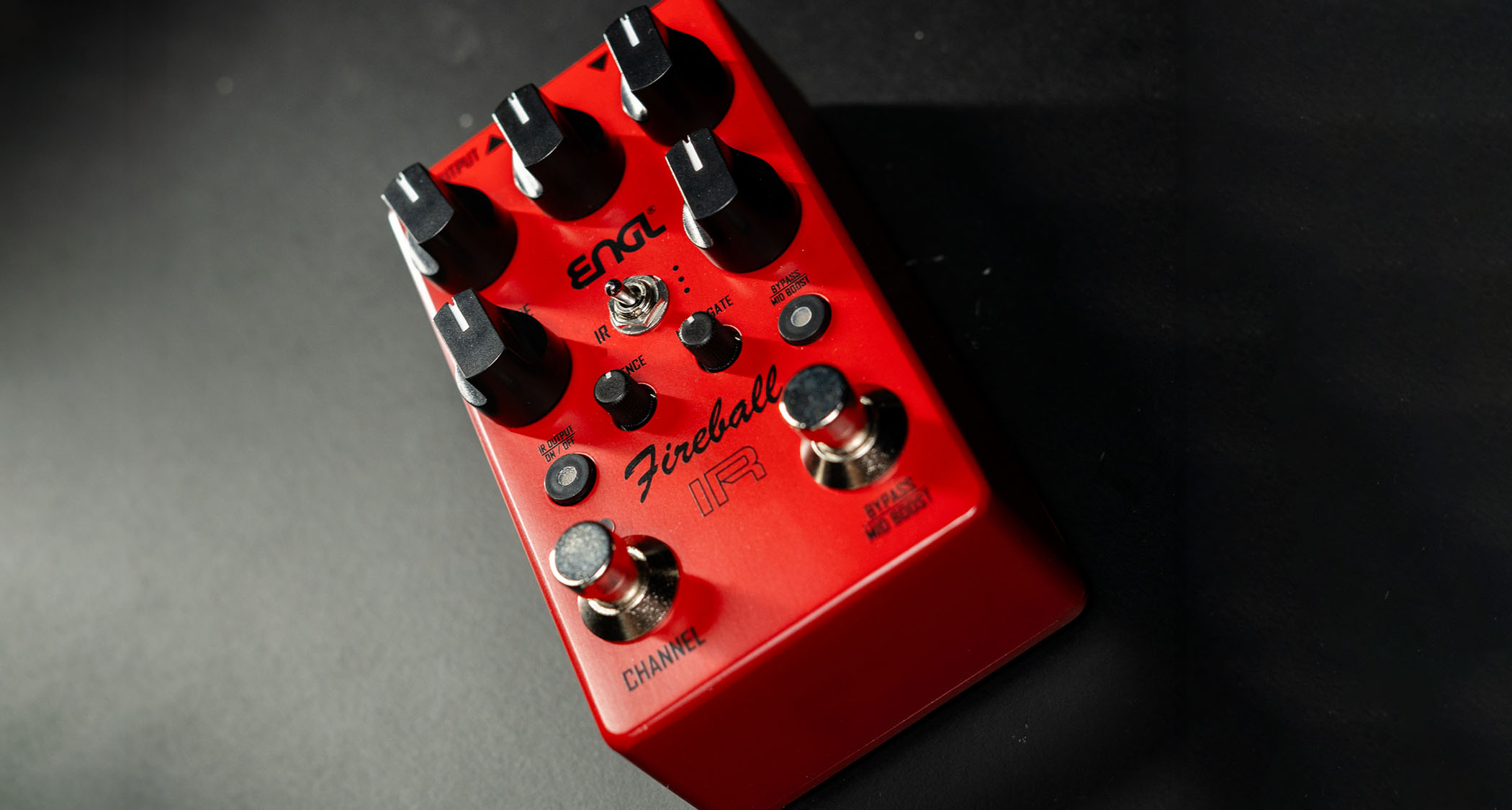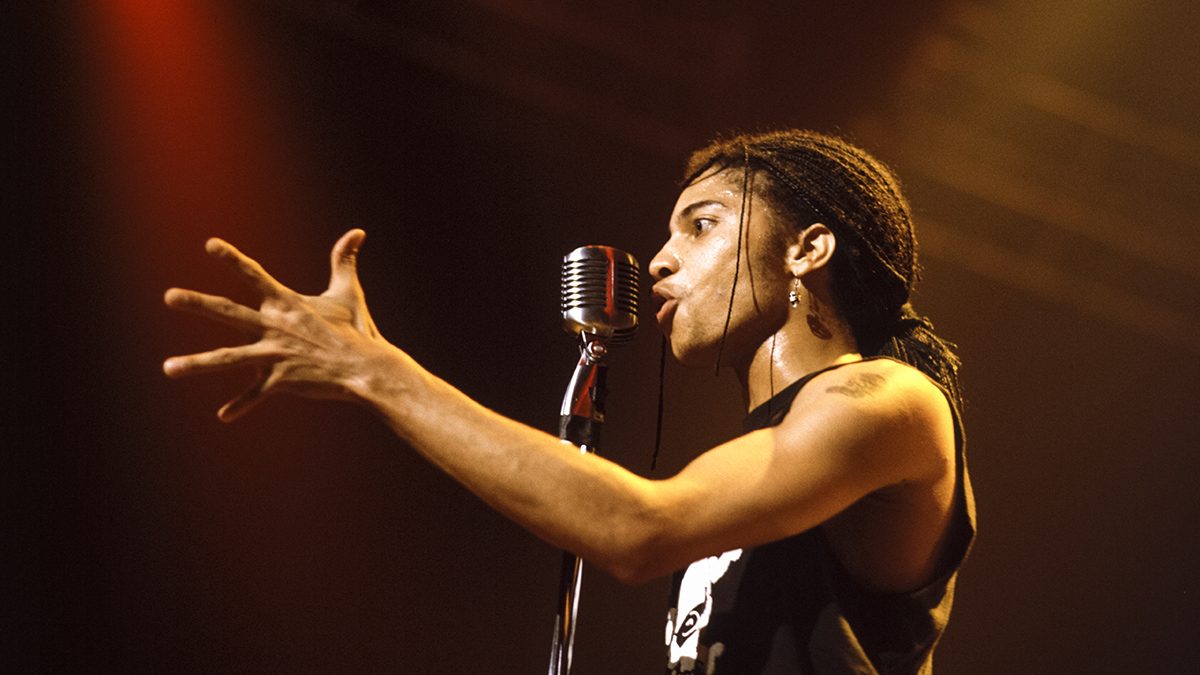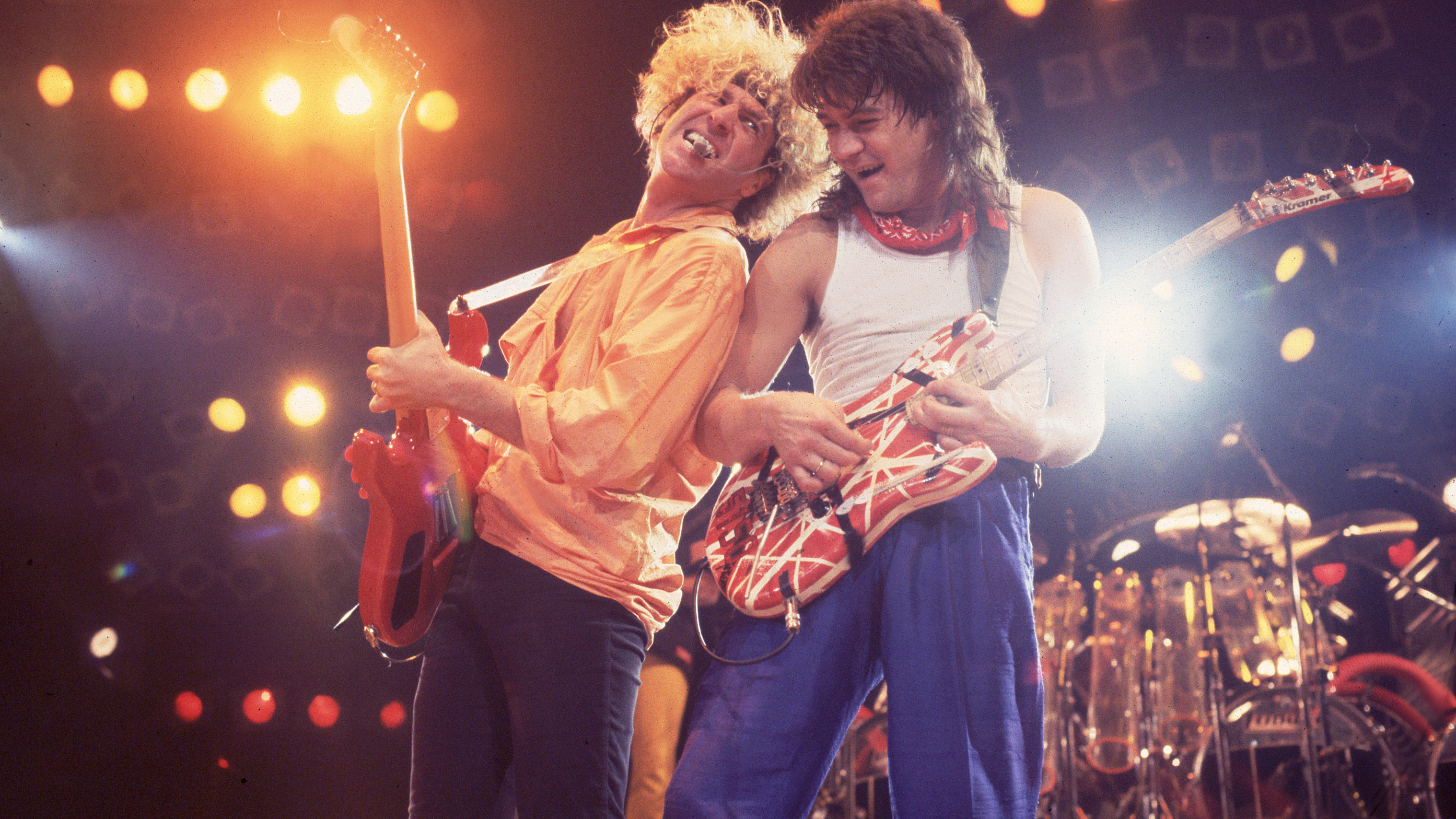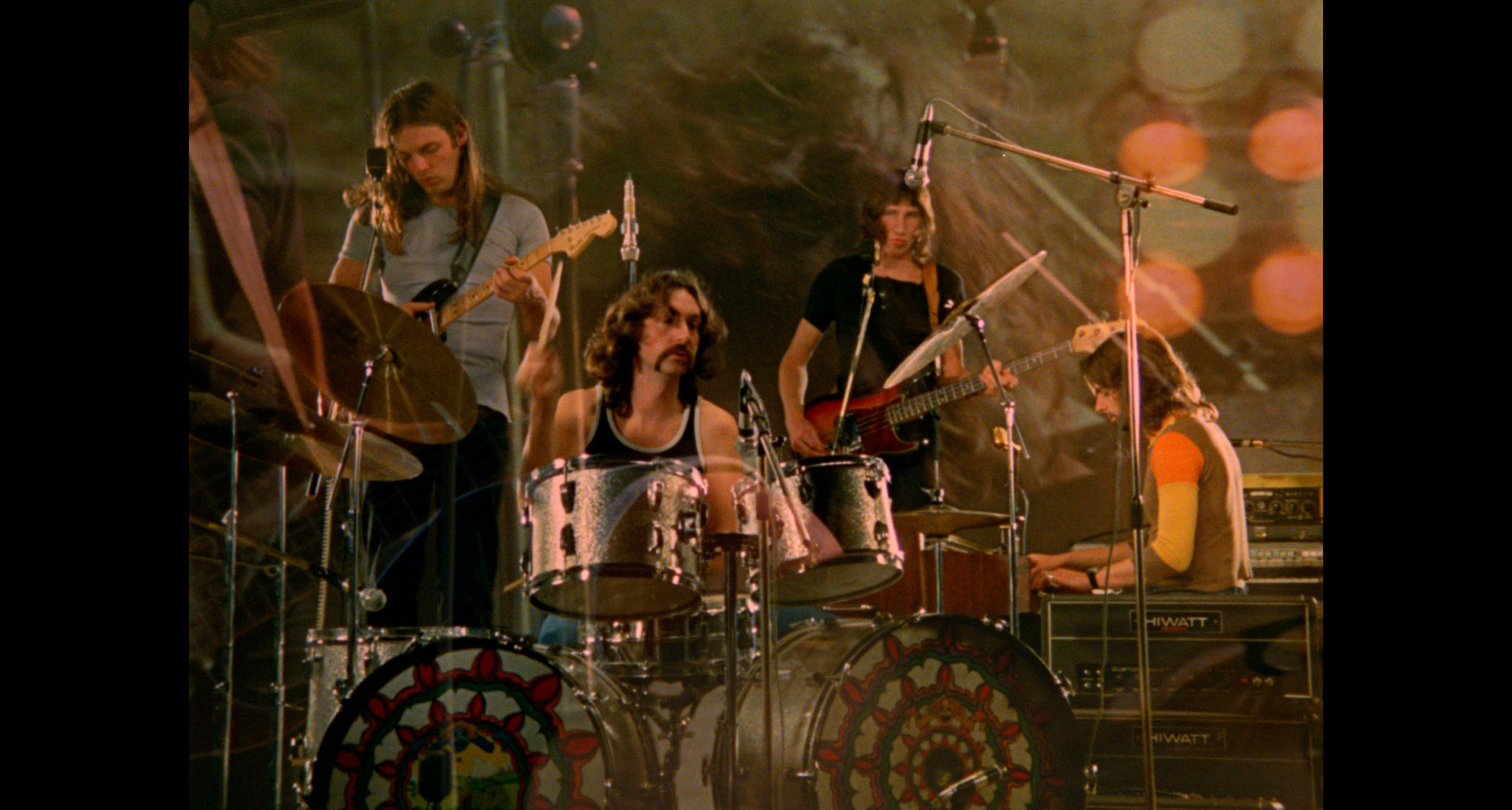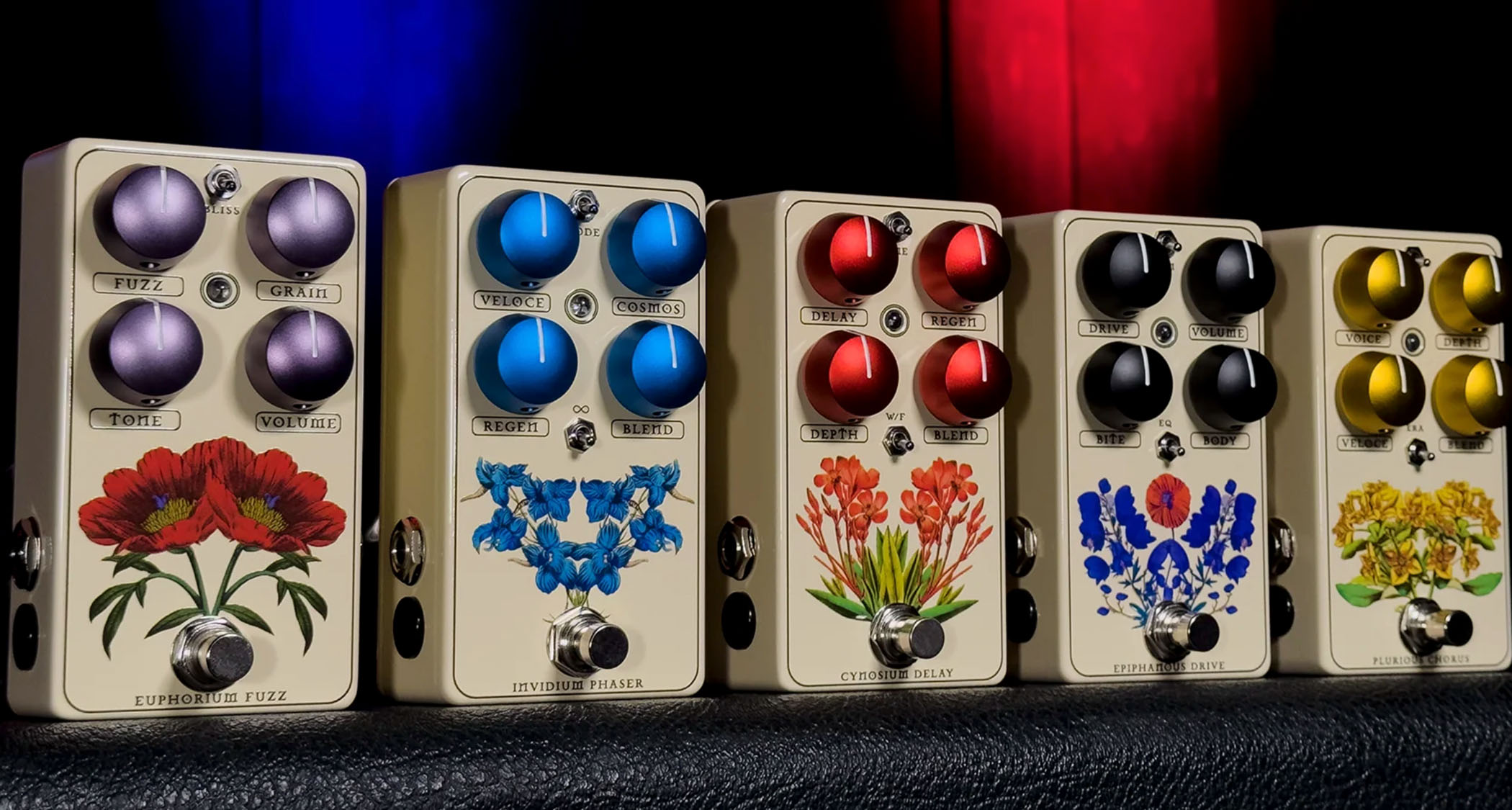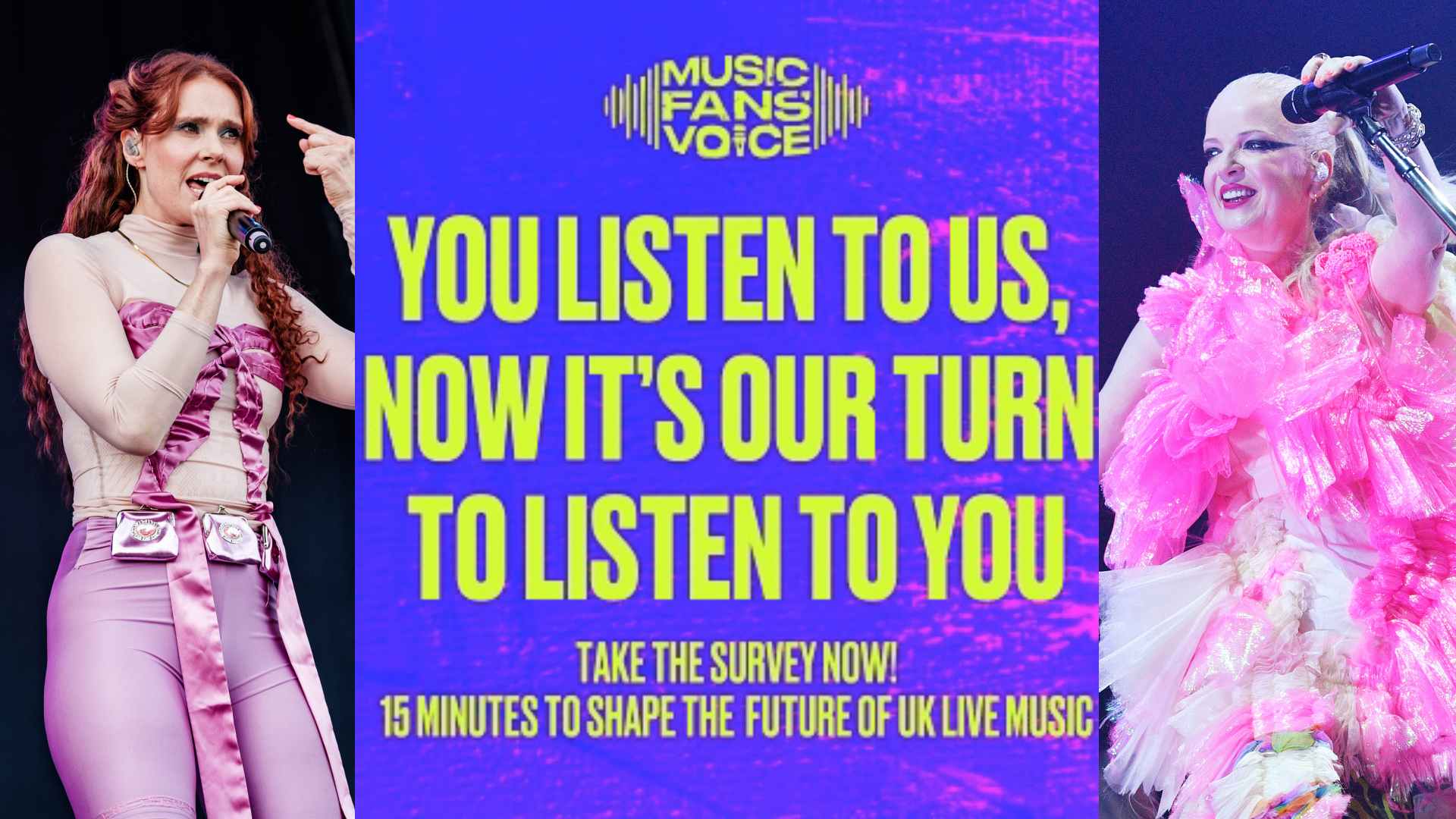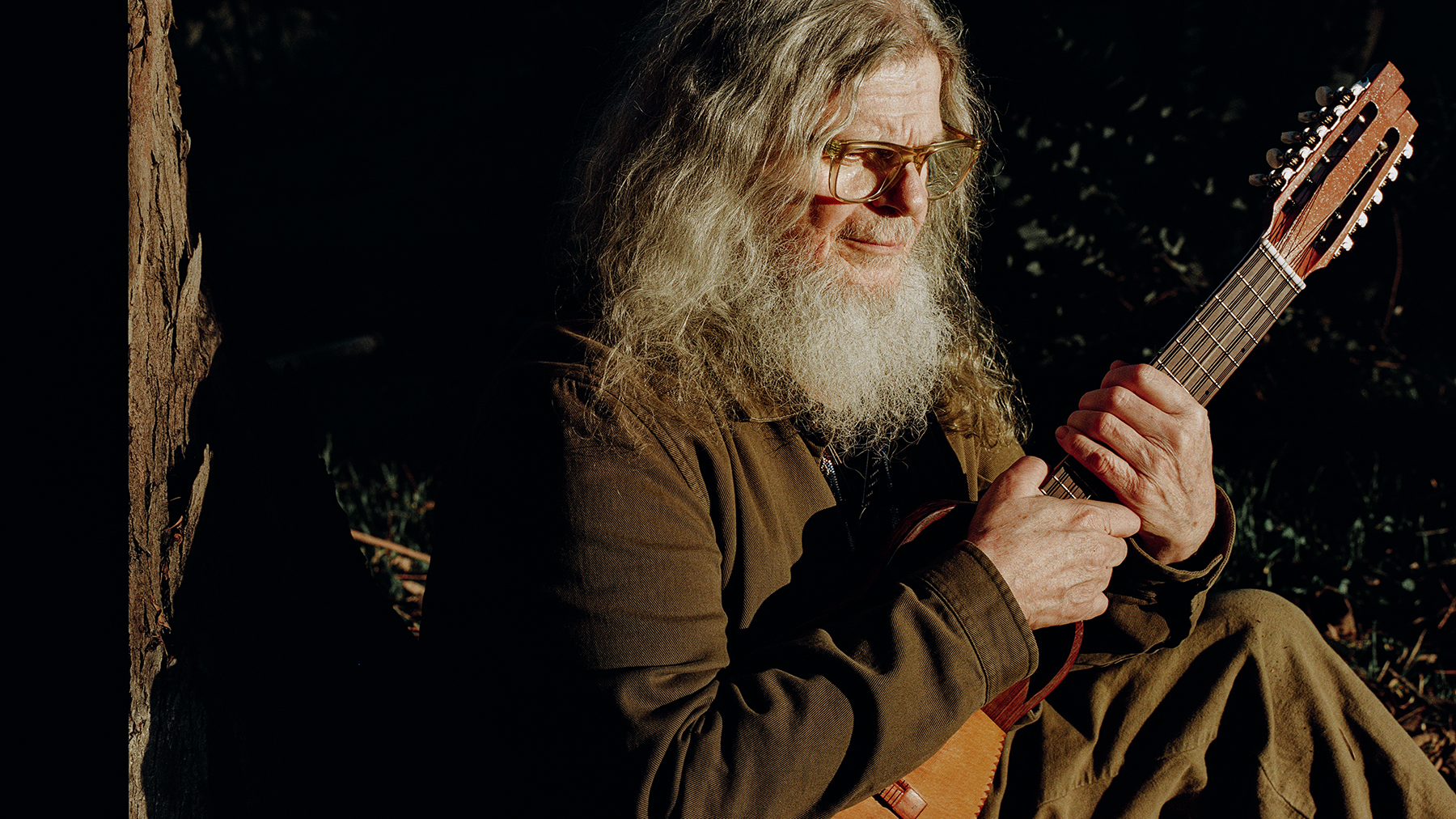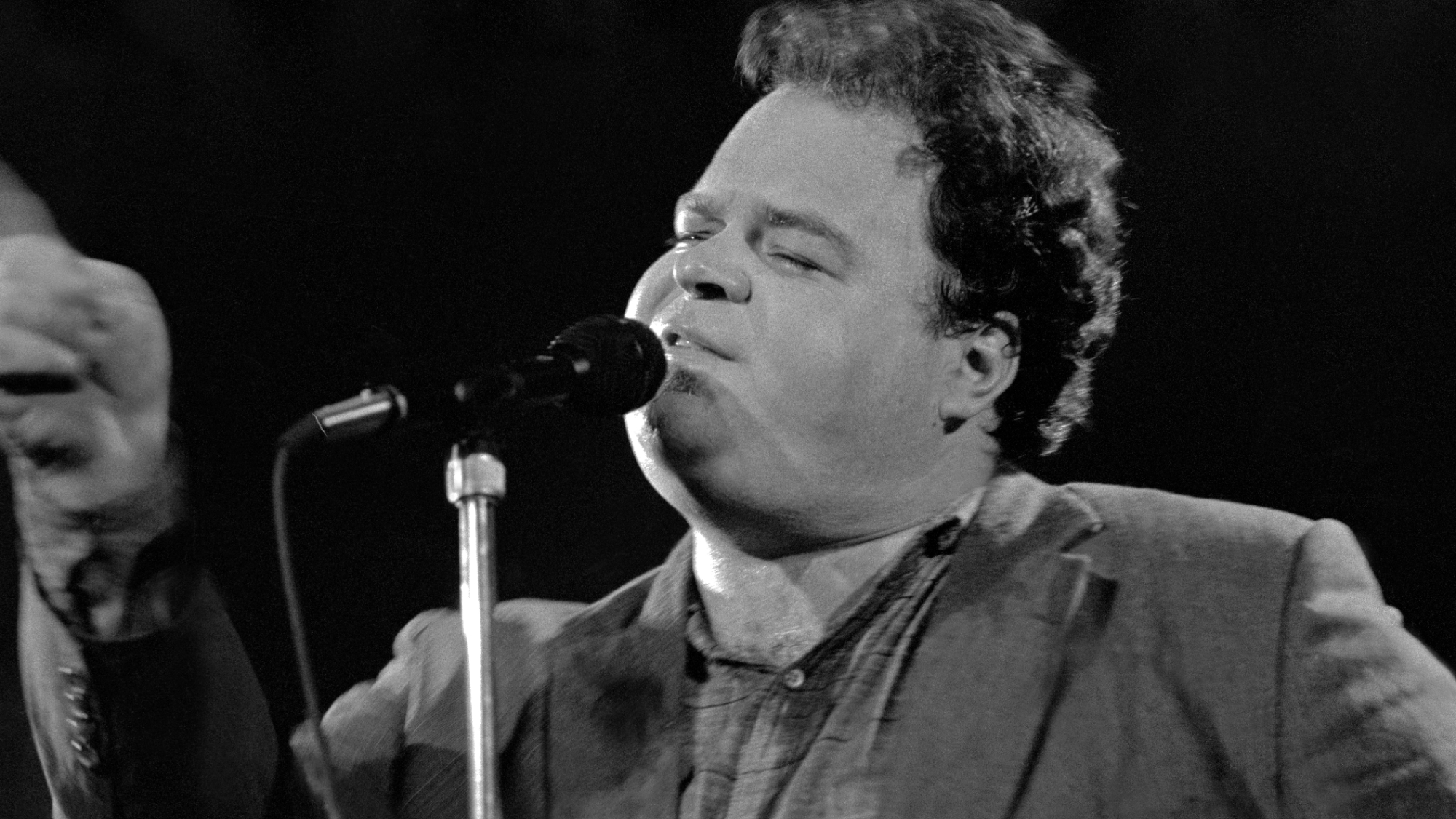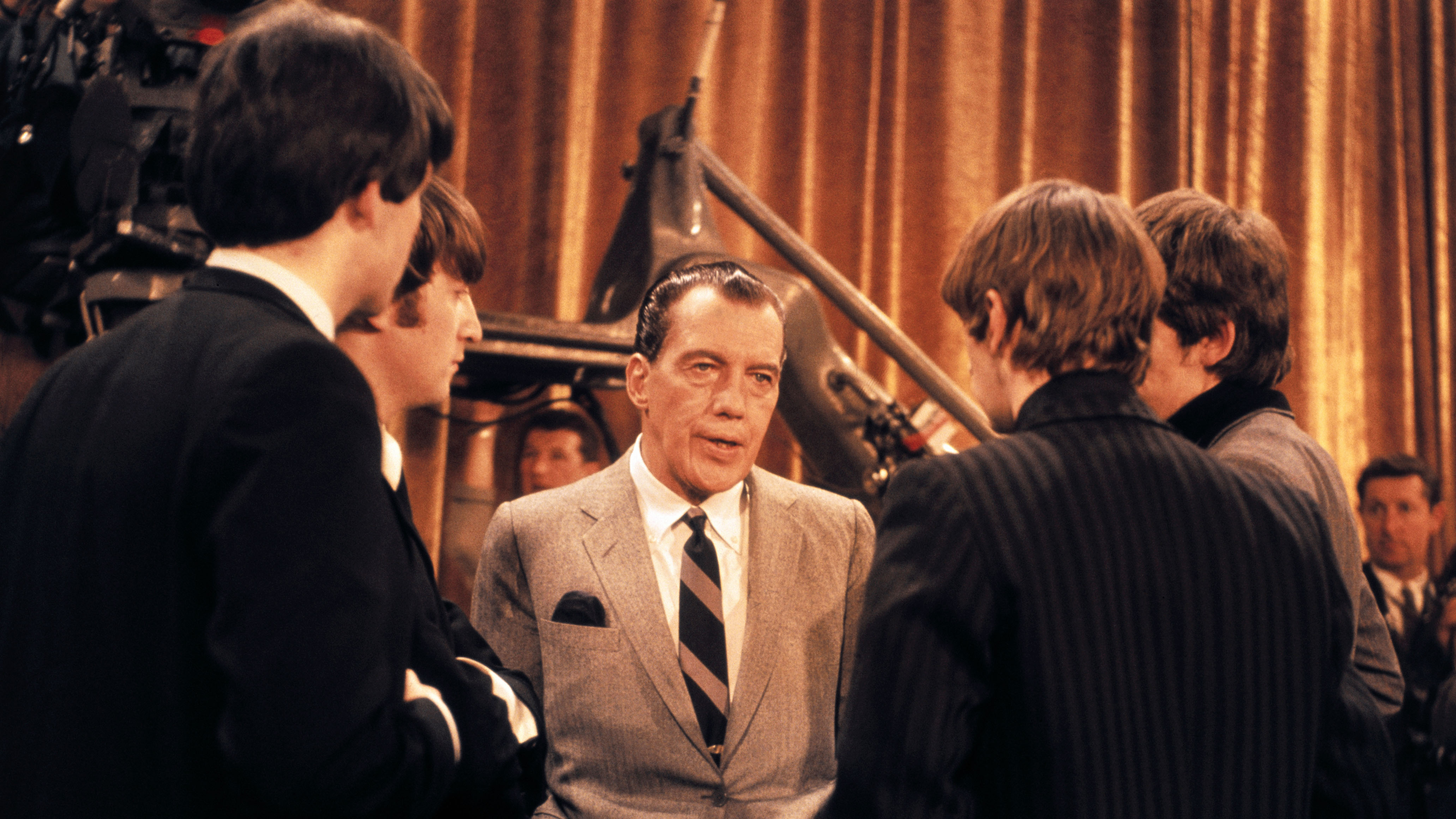
There are shows, albums, songs that changed the trajectory of musicians' lives – they may have even inspired the dream that made them aspire to be musicians. But these are usually pockets of experiences, from hearing Smells Like Teen Spirit on the radio to being in the eye of the storm at a Sex Pistols gig in 1977. But what about impacting millions at the same moment in time? Well that actually happened once in front of an estimated 73,700 million people.
"Four guys, playing and singing, writing their own material", Bruce Springsteen wrote in his 2016 memoir, Born To Run of seeing The Beatles perform five songs on the Ed Sullivan Show on Sunday 9 February 1964. "Rock 'n' roll came to my house where there seemed to be no way out ... and opened up a whole world of possibilities."
It was amazing. It was like the axis shifted
Television was a door to the world in the '60s, where perhaps the internet has become a huge chasm now. There had been seismic moments in rock n' roll before this with Chuck Berry, Elvis Presley and Buddy Holly, but no band had ever affected so many people at once.
The testament is how many young people were watching that day who later became music icons: "I remember exactly where I was sitting", reflected Chrissie Hynde later. "It was amazing. It was like the axis shifted ... It was kind of like an alien invasion."
As we'll see, the list of artists inspired that day goes on. But what did the Beatles themselves make of their first American television appearance?
“[There are] a trillion people who say that, ‘I knew that’s what I wanted to be when I saw you four-headed monster on the telly … I’ve got to be part of this'," Paul McCartney reflected in the podcast McCartney: A Life In Lyrics. “Our current manager of Beatles’ Apple Records says that, Bruce Springsteen says that, David Letterman says that. They all formed on that night, formed this future for themselves. And there we were in Liverpool [a few years earlier] forming this future, in the same kind of deal.”
For McCartney and Lennon those moments had come from hearing and seeing The Everly Brothers and Buddy Holly. They saw what they could be.
Get the MusicRadar Newsletter
Want all the hottest music and gear news, reviews, deals, features and more, direct to your inbox? Sign up here.
"Buddy Holly for us was amazing, for a number of reasons. He sang and played guitar," reflected McCartney on the podcast. "Elvis just sang and Scotty Moore played guitar. [Buddy] not only played guitar, he played the solos – normally if you played guitar [and sang] there was another guy who played lead guitar but Buddy sang, played guitar and played the solos. He also wrote the stuff – so this was like an all-inclusive one-man band. We really thought that was great – this is what we have to do."
In this context, and even at this early stage in the Beatles creative arc, they were already unwittingly about to pass the torch on. And Buddy's influence with his horn-rimmed glasses even helped Lennon feel more comfortable wearing his own spectacles in public. Then there was the name of his band, The Crickets.
"My memory of it was that we were striving to find something with a dual meaning, because of The Crickets," explained McCartney.
By 1964 the Beatles had already ticked off some of their ambitions including number-one records and appearing on Sunday Night At The Palladium. The US was part of their dream – the home of many of their influences. And the biggest show for them there was hosted by Ed Sullivan.
It was already nearly 16 years in by the time the Beatles performed three separate appearances on their US visit. It held a Sunday night on CBS, the vaudeville-style entertainment show was a rite of passage for any entertainer trying to gain a foothold on the hearts and minds of the US public. Elvis Presley had appeared in 1956 – Sullivan caving in during a ratings battle after vowing to never have The King perform in front of the show's family audience.
Such was the perception of rock n' roll trailblazers at the time, but by 1964 the demand was undeniable, with Beatlemania in full force across Europe and was now storming the Atlantic, with records sales fuelled by radio play alone up until then.
Sullivan had seen the furore around the band in person when he was travelling through Heathrow airport in late 1963. The Fab Four were returning to the UK from Stockholm after a TV appearance and were greeted by a throng of enthusiastic fans. Sullivan could see the parallels with Elvis in the previous decade.
"We were arriving from Stockholm into London airport and at the same time the Prime Minister and the Queen Mother were also flying out, but the airport was overrun with teenagers," George Harrison noted to the US press in 1964. "Thousands of them waiting for us to get back. Ed Sullivan arrived at that time and wondered what was going on."
Sullivan offered Brian Epstein a single show slot, but the shrewd Beatles manager countered with a lower fee in exchange for three appearances and top-billing. The deal was done.
The Beatles arrived in the US at New York's JFK Airport on 7 February 1964 and were duly greeted by an estimated 3,000 fans. Beatlemania had truly arrived before they'd even set foot on the tarmac, and the band's charismatic display at their first press release only swelled the waves of excitement around their arrival. The Ed Sullivan taping show two days later would be the musical payoff that proved the hype was justified, with a reported 50,000 people applying for tickets to watch it in person.
We're over here to do three Ed Sullivan TV shows, and meet the press, and a bit of a rest on Miami Beach
George Harrison
The appearances were the focus of the trip, after all. "We're over here to do three Ed Sullivan TV shows, and meet the press, and a bit of a rest on Miami Beach," explained Harrison, who had actually beaten his bandmates to US soil the previous September when he visited his older sister Louise in Illinois.
"Now yesterday and today our theater's been jammed with newspapermen and hundreds of photographers from all over the nation, and these veterans agreed with me that the city never has the excitement stirred by these youngsters from Liverpool, who call themselves The Beatles," began Sullivan at 8pm EST on 9 February in CBS Studio 50 in New York as he introduced the band. "Now tonight, you're gonna twice be entertained by them. Right now, and again in the second half of our show. Ladies and gentlemen, The Beatles. Let's bring them on."
Before he could finish the live audience had already erupted. McCartney counted the band in and The Beatles went into All My Loving with full gusto. The Beatles had arrived in New York and millions of US living rooms and they had all the moves and chops that only a well-honed live unit could know. They made it look easy…
But the idea that the band could just waltz in and deliver the goods in the US is a falsehood; despite their undeniable musical talents, the Beatles had to put the prep work in for the Ed Sullivan Show. They knew the stakes were high for their debut performance on national television in the US. But there was a problem nobody could have foreseen.
Following another press conference at the Plaza Hotel where they were staying New York in the morning of Saturday 8 February, Lennon, McCartney and Ringo Starr headed off for a walk in Central Park, where they were followed by around 400 enthusiastic female fans.
But George Harrison was absent. He had a high temperature, and his appearance for the show was in jeopardy. After a visit from a doctor, his sister Louise came to his aid, administering medicine every hour while everyone waited to see if that would be enough.

According to the Beatles Bible, the rest of the band travelled by limousine to the CBS studios on Broadway at 1.30pm the same day to begin the first of several rehearsals their appearance on the The Ed Sullivan Show. Fans slowed the journey as they moved to get a glimpse of the musicians and mounted police were forced to intervene.
The rehearsals weren't focussed on musical performance and sound-checking as the priority, the band and camera crew had to be prepared for the television performance side. Beatles road manager Neil Aspinall and the show's production assistant Vince Calandra stood in for George as camera positions were assigned and rehearsed.
The band's dedication to detail was revealed when they reportedly asked to view a playback of the rehearsal footage – apparently a first for any musical guest on the show.
Our plans just went out the window
Ringo Starr
"The main thing I was aware of when we did the first Ed Sullivan Show was that we rehearsed all afternoon," remembered Ringo Starr in The Beatles Anthology. "TV had such bad sound equipment – it still has today, usually, but then it was really bad – that we would tape our rehearsals and then go up and mess with the dials in the control booth. We got it all set with the engineer there, and then we went off for a break."
That's when the second potential disaster struck.
"The story has it that while we were out, the cleaner came in to clean the room and the console, thought, ‘What are all these chalk marks?’ and wiped them all off," recalled Starr. "So our plans just went out the window. We had a real hasty time trying to get the sound right."
George and the sound mostly recovered (McCartney would later comment that he thought Lennon's mic was too low) for the main event the next day and by the second song of the show's performance, the preparation was clearly paying dividends as the band nailed their camera cues.
McCartney was on lead vocals again on a cover of Meredith Wilson's Til There Was You – a ballad to win around the skeptical parents, perhaps? It didn't last long as the band fired things up with She Loves You to showcase the full force of the Lennon/McCartney/Harrison harmony machine, the latter Harrison on his Gretsch Country Gentlemen. In under seven minutes The Beatles had lit a creative fire that would blaze for decades.
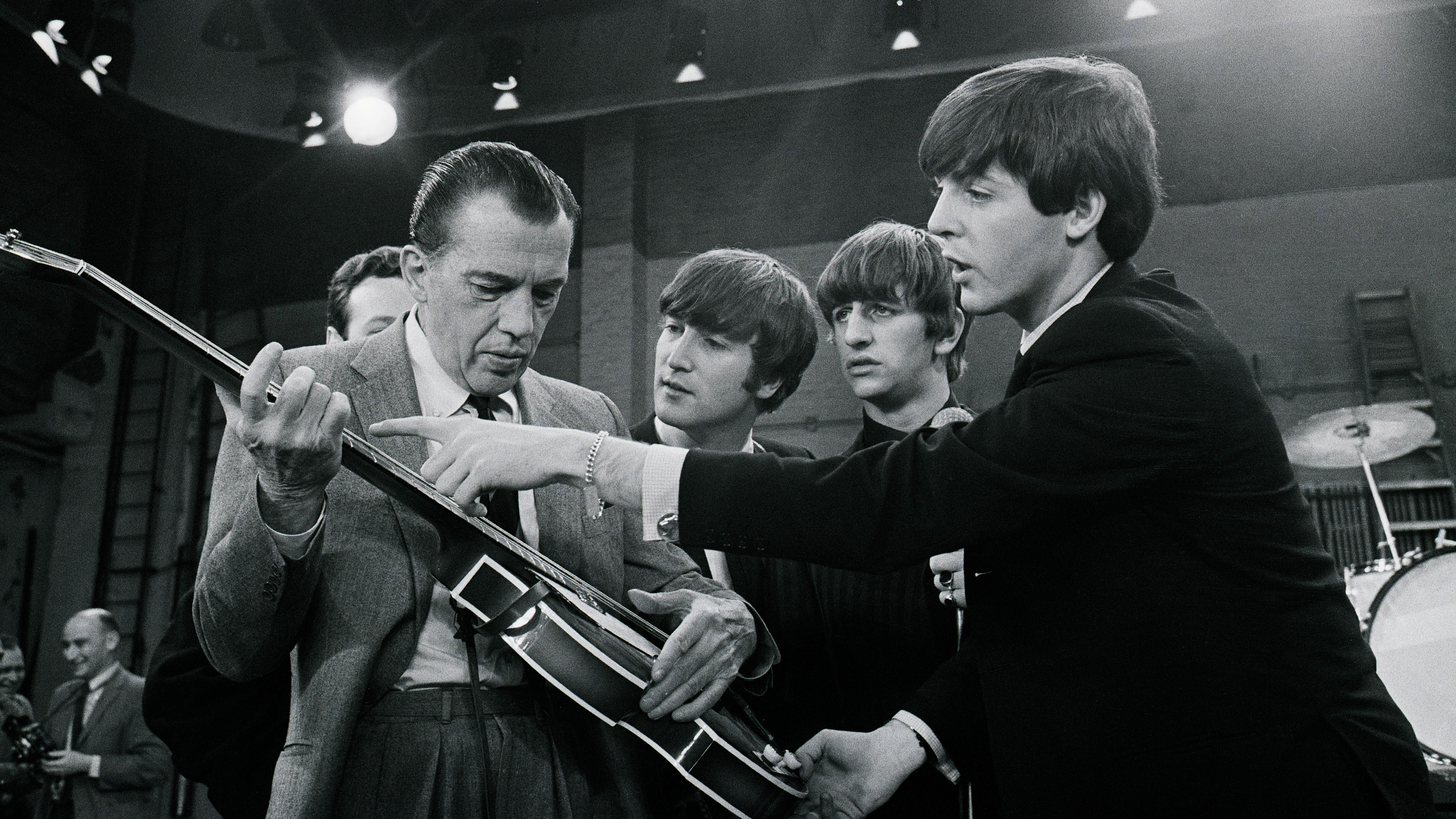
"I was 13, and already somewhat of a music fan," Tom Petty told Paul Zollo for the Grammy Awards site in 2014. "This was the great moment in my life, really, that changed everything. I had been a fan up to that point. But this was the thing that made me want to play music. You saw that it could be done. There could be a self-contained unit that wrote, recorded and sang songs. And it looked like they were having an awful lot of fun doing it.
Petty's parents were dismissive and left the room during the performance, but he and his brother were captivated.
Really, within weeks of that show, you began to hear the sounds of garage bands on the weekends leaking through the neighborhood
Tom Petty
"These weren't days when you had rock and roll on television very frequently at all. And [the Beatles] were so ready for it," he added. "They're so professional, and they have their act so down. Their presentation is beyond compare. It's amazing, when you watch it now, how aware they are of where the cameras are, and what to do. And their songs were just fantastic, and so original. They were the right people at the right time at the right spot with the right songs.
The musical impact soon became evident.
"Really, within weeks of that show, you began to hear the sounds of garage bands on the weekends leaking through the neighborhood — of kids out in the garage playing," recalled Petty. "And it became my mission to find an electric guitar, and to meet friends who could play with me. And that happened rather organically. So many people were doing it.
Creedence Clearwater Revival's John Forgety would later recount the impact of seeing the performance on the song I Saw It On TV, from his 1985 solo album Centerfield: 'We gathered round to hear the sound comin' on the little screen / The grief had passed, the old men laughed, and all the girls screamed / 'Cause four guys from England took us all by the hand/ It was time to laugh, time to sing, time to join the band.'
The list of future musicians from the baby boomer generation hit by a thunderbolt of inspiration that night goes on… Billy Joel, Heart's Nancy Wilson, Gary Rossington, Gene Simmons, Geddy Lee, Joe Perry, Marky Ramone, Cheap Trick's Rick Nielsen, Elliot Easton, Foreigner's Lou Gramm, Richie Sambora, future Bruce Springsteen bandmate Steven Van Zandt, Steve Lukather and Micky Dolenz.
It changed me completely
Joe Perry
The night The Beatles first played the Ed Sullivan Show, boy, that was something. Seeing them on TV was akin to a national holiday," Joe Perry told MusicRadar in 2009. "Talk about an event. I never saw guys looking so cool. I had already heard some of their songs on the radio, but I wasn't prepared by how powerful and totally mesmerizing they were to watch. It changed me completely. I knew something was different in the world that night."
Future Bon Jovi star Richie Sambora was equally entranced. “One of my earliest memories was sitting cross-legged on the floor in the living room of the house I grew up in and looking up at the black-and-white TV set and watching the Beatles on The Ed Sullivan Show," he told us in 2009. "I was five years old and I remember thinking, ‘Wow! That’s what I want to do.’ I know it sounds absurd – most five-year-old boys say they want to be firemen or policemen or baseball players, or even the president. Not me. I wanted to be one of the Beatles.
"They were the most incredible thing I ever saw. I couldn't put it into any kind of historical context at the time - I couldn't rank it with the Kennedy assassination or anything like that - but I knew, even at that young age, when I barely knew anything about anything, that I was witnessing something truly life-changing. And not just for me, but for everybody as well."
Any budding songsmiths who missed out on the show's barnstorming intro could have caught the outro of I Saw Her Standing There and I Want To Hold Your Hand to seal the deal. The Beatles had realised their ambition of becoming writers and performers that Buddy Holly inspired them with, and now America knew it too.
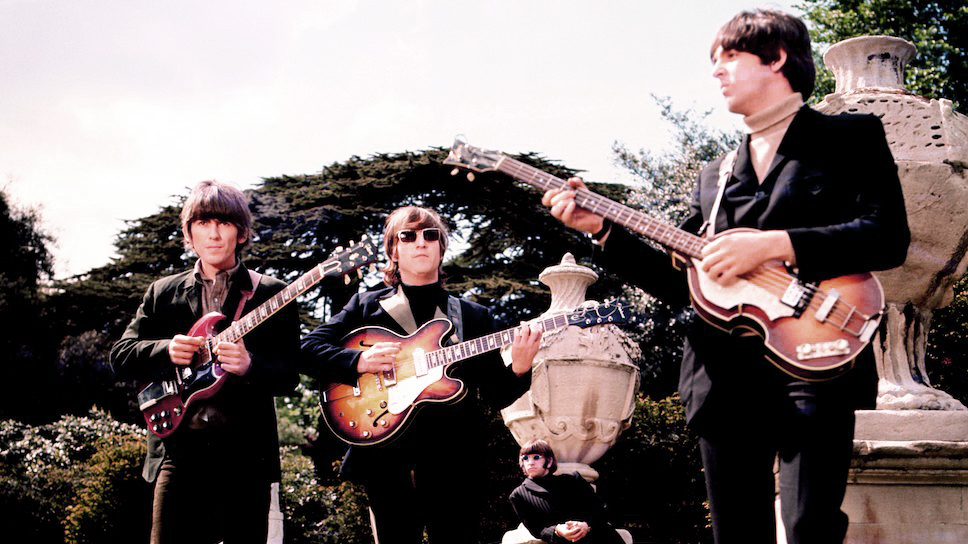
As agreed with Epstein, two more Sullivan broadcasts would follow, and this is where it gets confusing; earlier in the day on 9 May and before the five-song show debut the band performed Twist And Shout, Please Please Me and another version of I Want To Hold Your Hand that would be used for broadcast of the Ed Sullivan show on 23 February.
The Beatles' performance for the Ed Sullivan Show on 16 February reached an estimated 70 million people and saw them perform on a stage at the Hotel Deauville in Miami Beach for a broadcast of the songs She Loves You, This Boy and All My Loving. They also closed the show with I Saw Her Standing There, From Me to You, and I Want to Hold Your Hand.
The band, by then evolved into their Help! era, would come back over a year later on August 14 1965 to perform a six-song set. By then the musical landscape had changed around their impact, an influence on songwriting, performance and even fashion that's still felt today.
"We were aware that Ed Sullivan was the big one because we got a telegram from Elvis and [his manager] the Colonel," reflected George Harrison on the impact of that day in '64 when they helped set a record for US television viewing figures. "And I’ve heard that while the show was on there were no reported crimes, or very few. When The Beatles were on Ed Sullivan, even the criminals had a rest for ten minutes.”

Rob is the Reviews Editor for GuitarWorld.com and MusicRadar guitars, so spends most of his waking hours (and beyond) thinking about and trying the latest gear while making sure our reviews team is giving you thorough and honest tests of it. He's worked for guitar mags and sites as a writer and editor for nearly 20 years but still winces at the thought of restringing anything with a Floyd Rose.
“I’m imagining it was a very dry, kind of arid, close sound”: Steven Wilson on the challenges of mixing Pink Floyd At Pompeii – MCMLXXII, how the movie captures a band in transition, and why it is “pure Floyd”
“I was like ‘Wow, Coldplay were definitely listening to Radiohead and trying to make their version of it’": Porter Robinson says that he only recently discovered that Coldplay used to sound a bit like Radiohead



